Pałac w Jugowie
© polska.org
POL
near Wałbrzych
© polska.org
Fetching images...
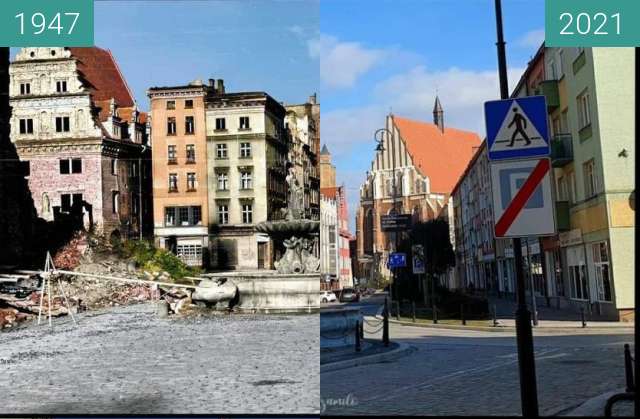
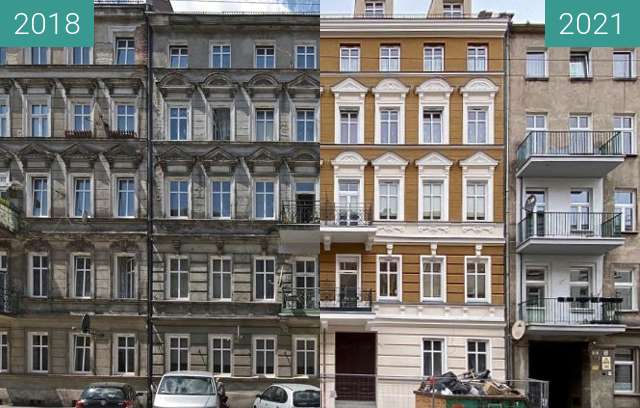
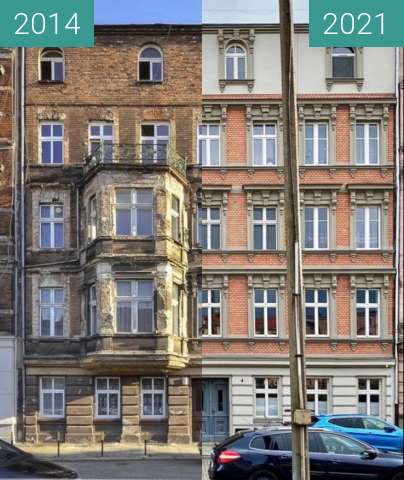
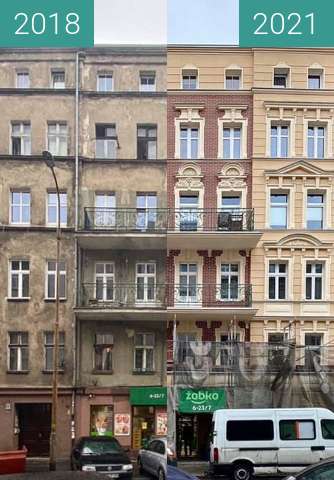
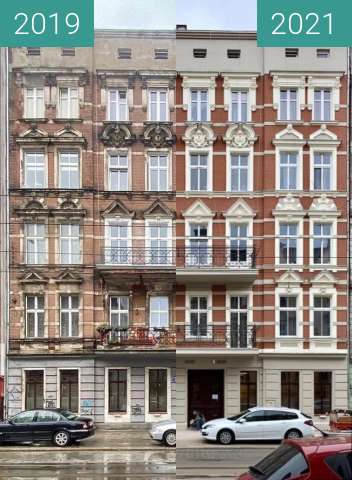
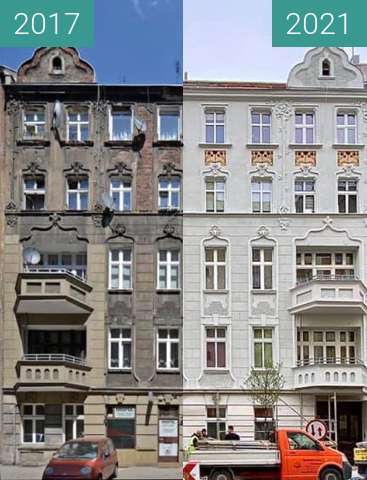
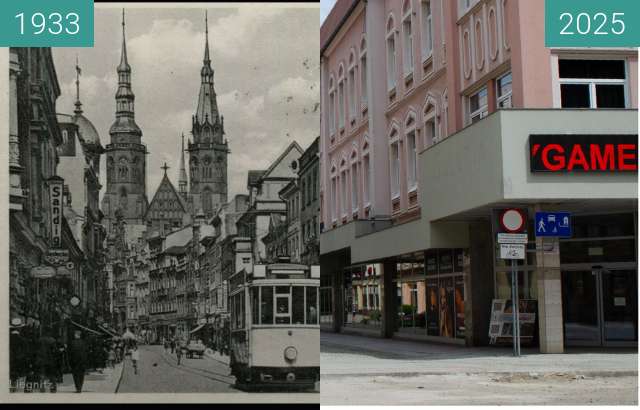
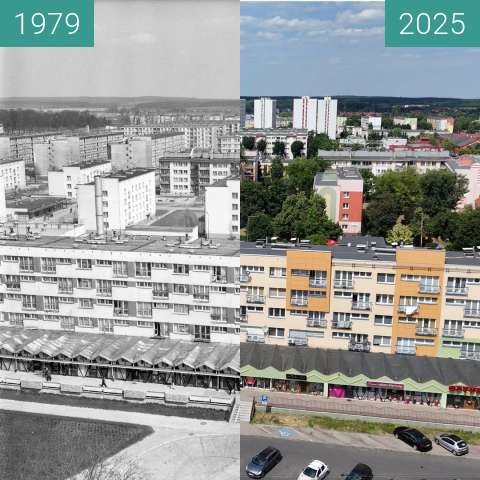
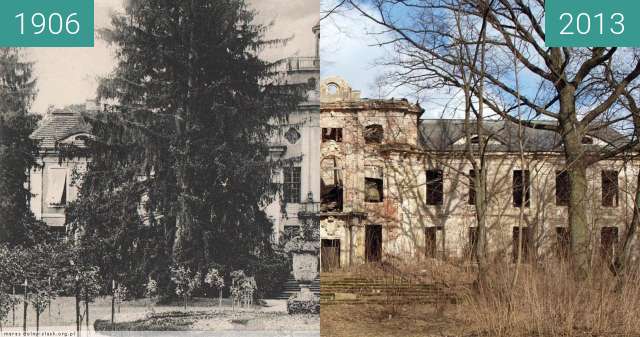
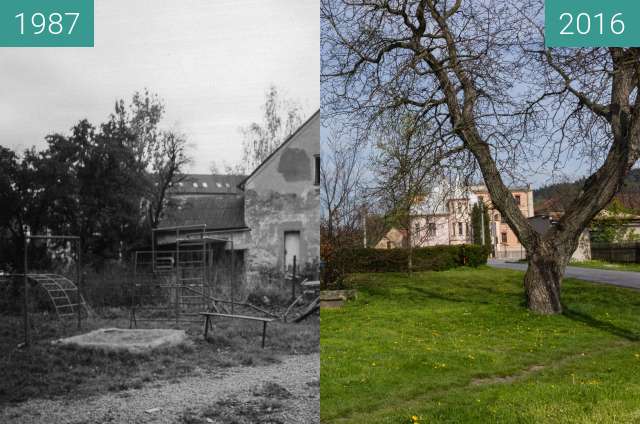
Od 1472 r. właścicielem Jugowa był Georg von Stillfried. Pierwotny dwór wybudował około 1605 r. Henryk von Stillfried – Starszy dla swojego syna Hans von Stillfrieda. W obiekcie ocalała część wystroju: klatka schodowa w boazeriach z witrażem[1] zawierającym krzyż maltański protestanckiego zakonu joannitów, trzymany przez anioła, pod którego skrzydłami sentencja na szarfie Gott ist mein Schutz/Bóg jest moją ochroną. Członkiem zakonu był Eberhard von Pfeil und Klein Ellguth (1839–1901) (herb na witrażu po lewej) żonaty z Marią z domu von Wilamowitz-Möllendorff (herb po prawej). Na piętrze znajduje się kominek z bohaterami Biblii, gabinet nadleśniczego z historyczną stolarką, kasą i meblami. Eklektyczny wystrój pałac otrzymał po 1865 r. za czasów Eberharda von Pfeil und Klein Ellguth, który zlecił przebudowę. Ze starego budynku ocalały: jedna późnorenesansowa sala na parterze oraz sień. Okazały pałac z XIX w. wraz z parkiem jest częścią zespołu pałacowego. Obecnie siedziba Nadleśnictwa Jugów
From 1472, the owner of Jugów was Georg von Stillfried. The original manor house was built around 1605 by Henryk von Stillfried the Elder for his son Hans von Stillfried. A part of the interior has survived in the building: a paneled staircase with a stained-glass window[1] containing a Maltese cross of the Protestant Order of St. John, held by an angel, under whose wings the sentence Gott ist mein Schutz / God is my protection on the sash. A member of the order was Eberhard von Pfeil und Klein Ellguth (1839–1901) (coat of arms in the stained glass window on the left) married to Maria née von Wilamowitz-Möllendorff (coat of arms on the right). On the first floor there is a fireplace with the heroes of the Bible, the forest inspector's office with historic woodwork, a cash register and furniture. The eclectic design of the palace was given after 1865 in the times of Eberhard von Pfeil und Klein Ellguth, who commissioned the reconstruction. From the old building survived: one late-Renaissance room on the ground floor and a hall. The magnificent palace from the 19th century, together with the park, is part of the palace complex. Currently, it is the seat of the Jugów Forestry Inspectorate